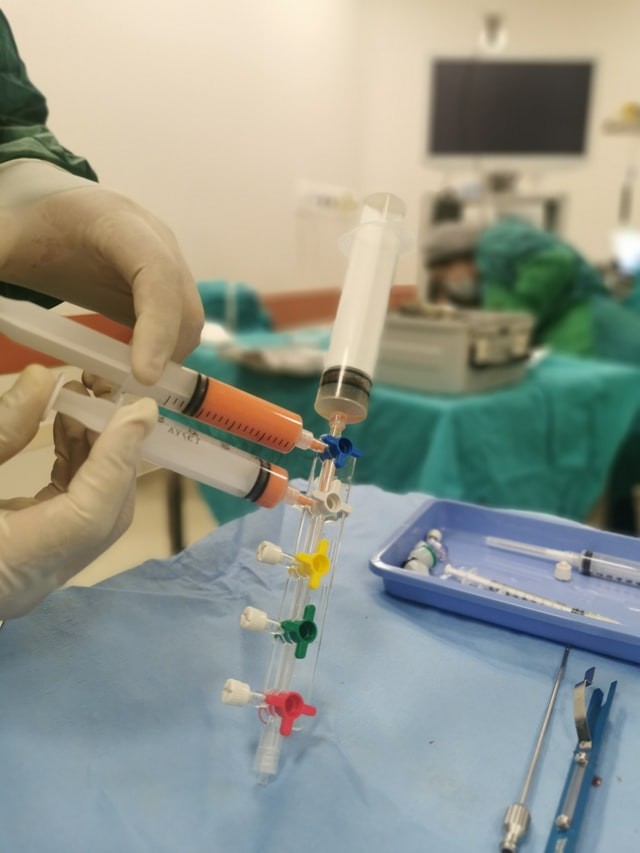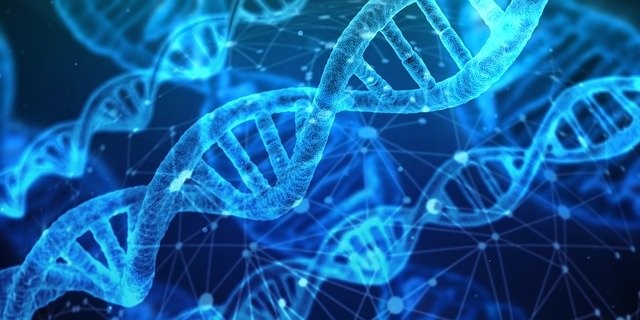Stem cell therapy is changing the future. Jason Hope, a futurist and supporter of technological advancements, sees stem cell research as the next step in human evolution. Are you eager to explore everything about stem cells and how they are changing the world? Let's find out.
What Are Stem Cells?
Stem cells are unspecialized cells that can transform into specialized cells. They can divide to create more stem cells, or they can differentiate into other types of cells. The process by which the body's own stem cells successfully grafts tissue has yet to be perfected but researchers believe it could revolutionize medicine by eliminating disease-causing damage done by defective genes. If scientists discover how to use stem cells to replenish dying tissues, diseases like Parkinson's disease, diabetes, and Alzheimer's could one day be cured.
Why Do People Believe in Stem Cell Therapy?
People are beginning to see stem cell therapy as a way to cure diseases that were once thought incurable. Athletes are getting stem cells injected into their muscles in order to increase performance, and the anti-aging field is thriving by using stem cell research. Scientists have already found ways to reverse blindness, create insulin for diabetics, repair damaged hearts with stem cells and grow skin for burn victims. Weak or defective organs can be replaced with organs grown from one's own stem cells, eliminating organ transplant waiting lists, though this technology is still far out of reach.
The Future of Stem Cells
Stem cell therapy will allow people to live longer due to regenerative treatments that would replace organs that were damaged by disease or age. Stem cell therapy will improve the quality of life for those suffering from arthritis, heart disease, and other medical conditions that can be repaired through stem cells. The future of stem cell research is bright because discoveries are coming rapidly; scientists recently created a mouse with two mothers.
People like Jason Hope believe in investing money into the latest technologies to advance medicine because it's good for business. Stem cell therapies hold promise as medical treatments because they hold practically unlimited possibilities for curing diseases that have no current cure. Scientists are just beginning to understand how to use stem cells effectively, but the sky is the limit when you're talking about using someone's own cells to repair tissue damage caused by illness or injury.
Jason Hope on Stem Cell Therapy
Jason Hope discusses stem cell research on his Medium blog. He writes about the future of medicine and how the discovery of stem cells will change the way that modern scientists treat diseases like Alzheimer's, spinal injuries, and Parkinson's disease.
Stem cell therapies are still new but their potential for curing life-threatening illnesses is greater than any other technology developed to date. Anyone who invests in new medical technologies early enough can become a millionaire when the next big thing hits the market because no one else knows it exists yet. New discoveries in stem cell research definitely qualify as the next big thing, which is why Jason Hope does everything he can to keep up with emerging breakthroughs in therapies.
Advancements in the Stem Cell Therapies According to Jason Hope
In the field of stem cells, research has increased tremendously. Researchers have been focusing to translate basic discoveries into effective therapies that can be applied to real-world settings for a broad spectrum of diseases. Some of the most prominent advancements taking place in stem cell therapies are as follows:
Stem cells have the ability to differentiate into other types of cells. This property is called differentiation and these differentiated cells provide a way to replace damaged or diseased cells within tissues.
1. Scientists recently created a mouse with two mothers.
Researchers at Kyushu University's International Institute for Integrative Sleep Medicine (WPI-IIIS) have pinpointed a gene that allows them to generate endless supplies of one type of adult stem cell, which the researchers then coaxed into becoming cells similar to those found in teeth.
2. Scientists at Kansas State University have identified a protein that helps embryos develop normally and also suppresses cancer growth.
3. Diabetes commonly causes damage to blood vessels, especially in people with diabetes for more than 10 years. Researchers are currently looking for ways to repair this damage. Stem cells may one day be used as part of a treatment plan for this disease because stem cell therapy can help regenerate damaged tissue.
4. Stem Cells being used on Patients with Parkinson's Disease.
A recent study showed that patients experiencing early stages of Parkinson's disease experienced motor skills following injections of human neural stem cells. Although this form of treatment is still in the early stages, researchers are optimistic that the injected neural stem cells will eventually replace the damaged neurons in patients suffering from Parkinson's disease.
Stem cells are also being used to treat spinal cord injuries or diseases that target motor neurons, including amyotrophic lateral sclerosis (ALS), multiple sclerosis (MS), and spinal muscular atrophy (SMA). These therapies use stem cell transplants to replace the damaged nervous system cells with healthy new cells.
5. Stem Cells Help Repair Heart Damage.
A patient suffering from chronic heart failure recently underwent a new stem cell therapy developed by researchers at Cedars-Sinai Heart Institute in Los Angeles, California. The trial was conducted on one patient; however, it is too early to determine any benefits of this experimental treatment. Researchers observed that the implanted heart muscle cells began making new proteins and the cells began to pump like healthy heart muscle.
6. Stem Cells Help Repair Paralysis.
Another study has confirmed that stem cell transplants can help patients with spinal cord injuries recover to some extent by stopping further degeneration and promoting partial recovery. These studies show that clinical trials using human embryonic stem cell transplantation may be effective for treating certain types of complications associated with paralysis or stroke because these transplanted cells could possibly help regenerate nerve tissues.

Conclusion
These advancements in stem cell therapies are only the beginning of what is possible in this area, and it won't be long before we see these therapies broadly applied to patients who need them most. The key to successful stem cell therapy lies in the ability to expand the number of cells available for transplantation while also creating reproducible procedures that result in predictable outcomes. Researchers at Cedars-Sinai Heart Institute have made significant advances toward both goals by devising a way to establish large numbers of heart muscle cells by reprogramming adult skin or blood cells into pluripotent stem cells-cells having the capability to differentiate into many different types of tissue-and then transforming them back into heart muscle cells.
About Jason Hope
Jason Hope is a futurist and supporter of technological advancements. He believes these advancements will not only change the future but improve the way businesses operate as well.
© 2024 NatureWorldNews.com All rights reserved. Do not reproduce without permission.
* This is a contributed article and this content does not necessarily represent the views of natureworldnews.com




![Venomous Centipede Could be Game-Changer and Save Lives of People with Kidney Disease [Study]](https://1471793142.rsc.cdn77.org/data/thumbs/full/70407/280/157/50/40/venomous-centipede-could-be-game-changer-and-save-lives-of-people-with-kidney-disease-study.jpg)

